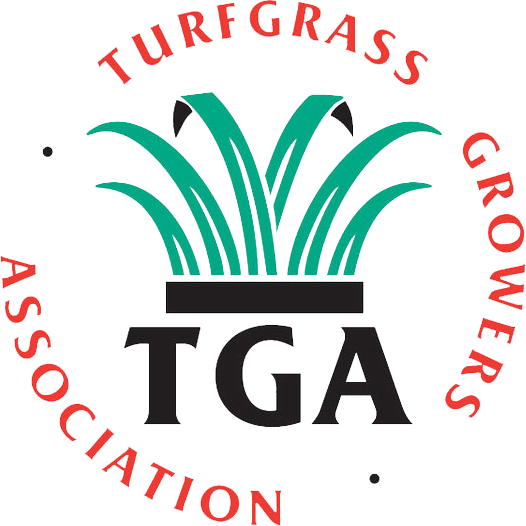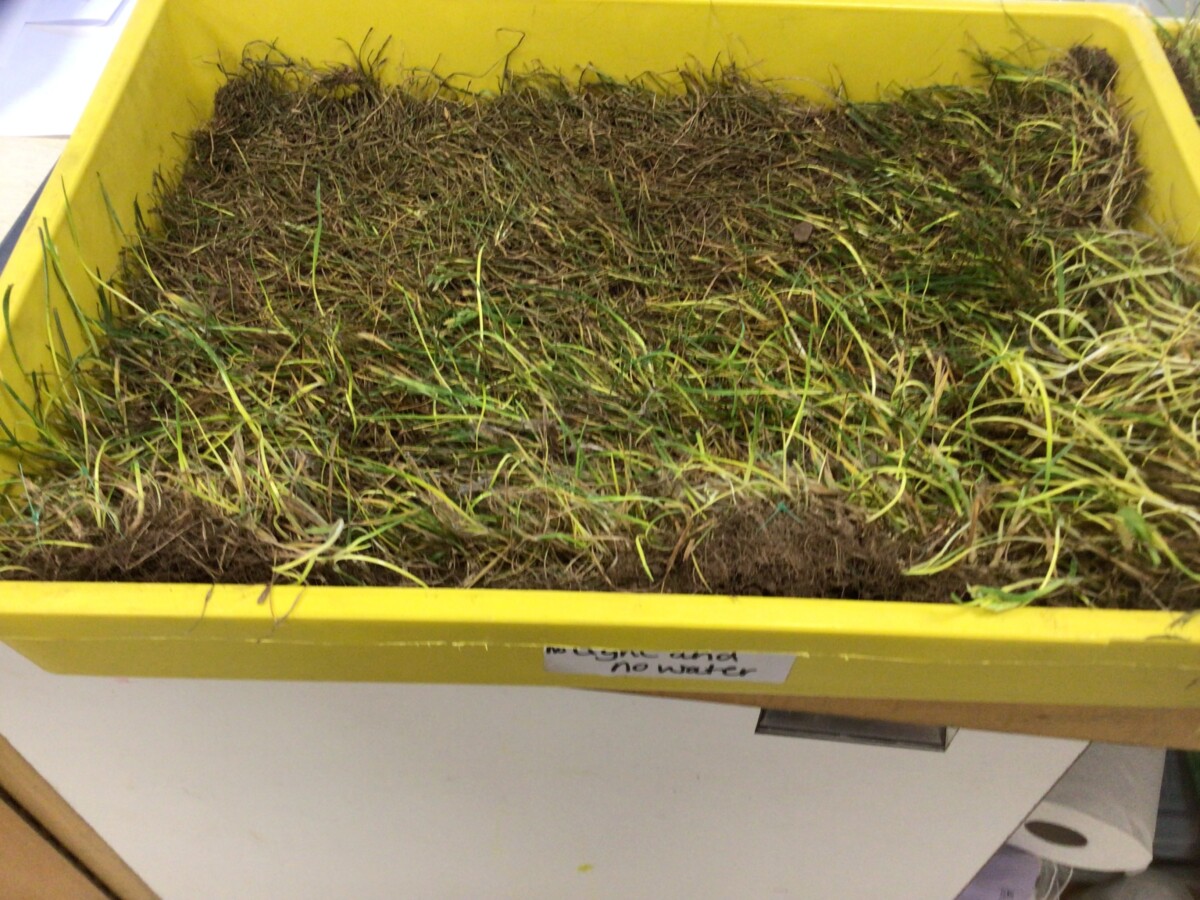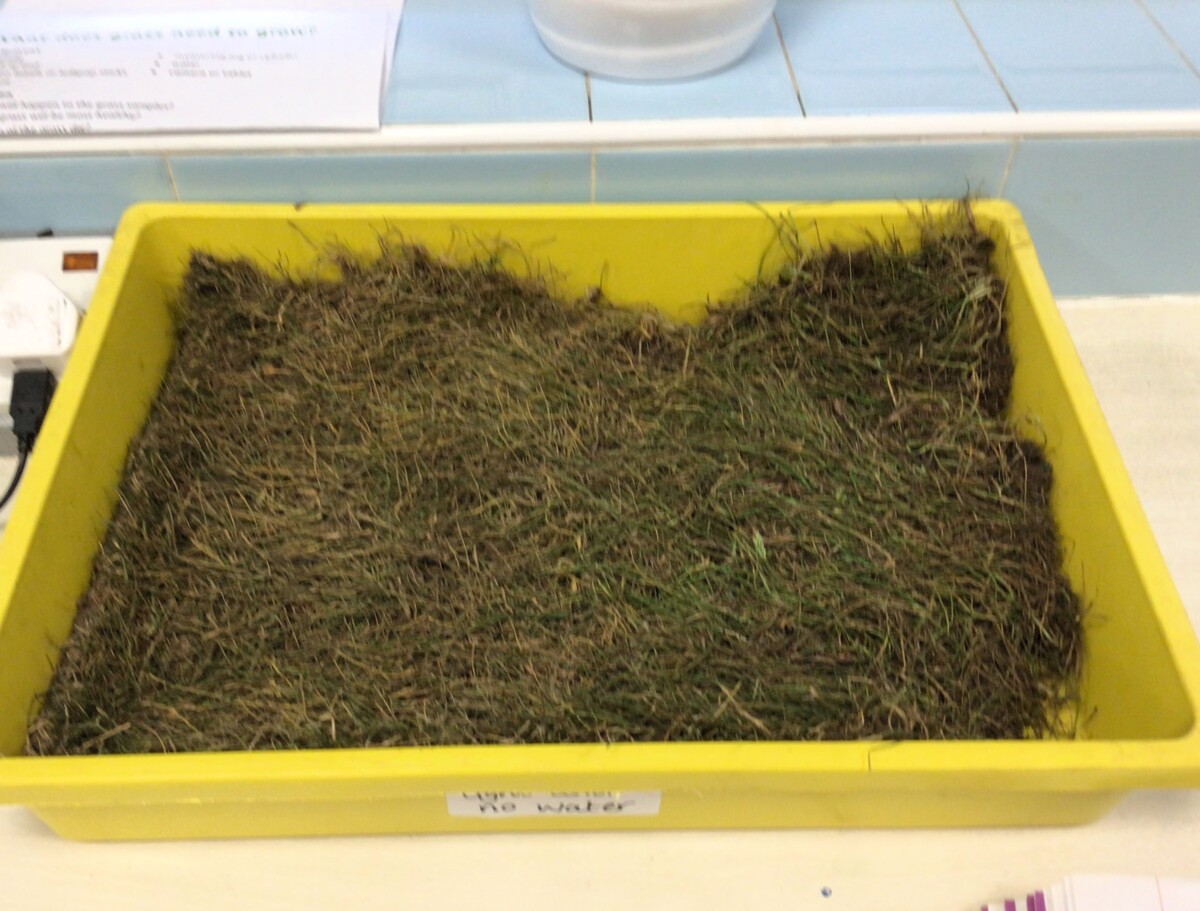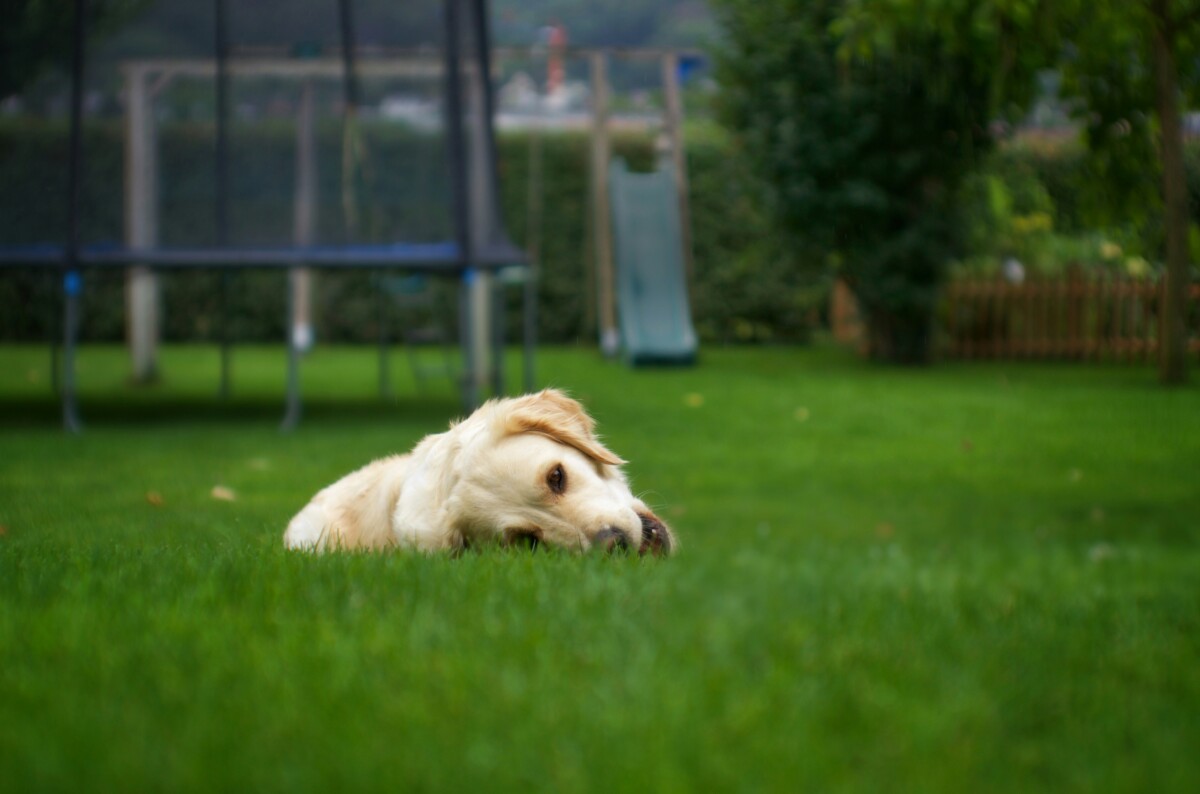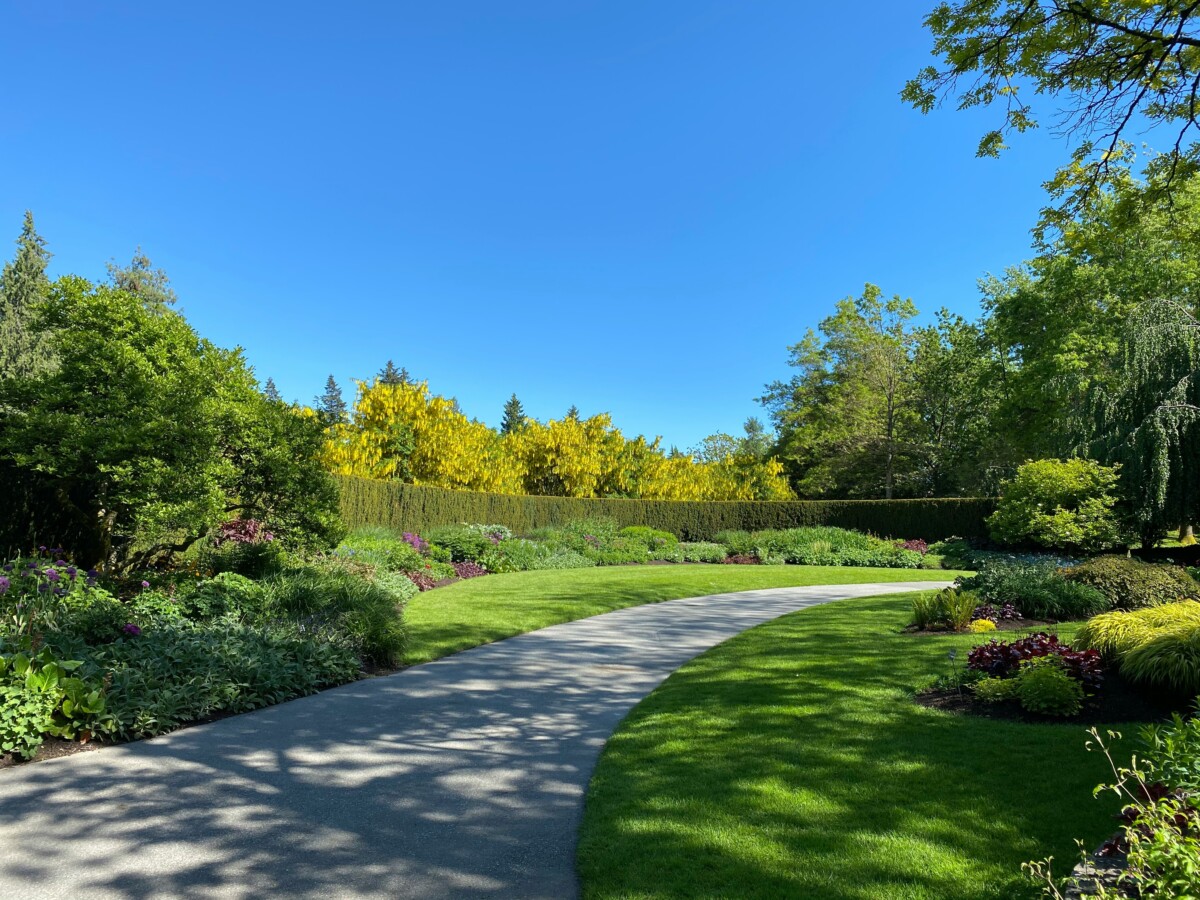From Seed to Sod: how turf fields are grown
When you see a roll of green turf ready to lay, it looks like a pretty simple product. However, the journey from seed to sod needs careful planning, preparation and patience. While farm crops are planted and harvested in a single season, turf takes over a year to grow. As turf-growers, we have to think long-term. Correct timing for when we seed a field is crucial.
Turf vs traditional crops
There’s a difference in the growing cycle of turf and traditional crops. Cereals or vegetables are often harvested within months of being planted. Turf, however, needs over a year to fully establish. It’s not just a case of the grass growing, the turf also needs a dense strong mat to help with lifting, transportation and laying. This long growing period means that we need to carefully plan when and where to sow each new crop.
When to seed: spring or autumn?
The 150 acres on the outskirts of Exeter that HCT uses for turf production are seeded either in the spring or autumn. The timing depends largely on when the previous crop was harvested and how quickly the field can be turned around ready for seeding again. If a field is harvested in late summer, it might be seeded in early autumn before the cold sets in. Alternatively, if winter delays field preparation, we may wait and seed in the spring once the conditions are better.
Choosing between spring and autumn also depends on other factors, for example rainfall, soil temperature and our particular regional climate. Autumn sowing benefits from warm soil and consistent moisture, which means the grass seed has a strong start before the dormant winter months. Conversely, spring sowing means steadily increasing temperatures and longer days, with growth continuing into summer.
Preparing the field
Before any seed is sown, the field must be properly prepared. This process starts with clearing the land of any remaining turf or debris. If soil has compacted this needs to be loosened. The surface is then levelled to help promote uniform growth and efficient future harvesting. A smooth, clean seedbed is essential to promote even germination and root development. Uneven areas or poor drainage may affect the overall quality of the turf crop.
What happens after seeding
Once the ground is seeded, the germination period will depend on a variety of factors. Early care is crucial, with fields irrigated when necessary to support the grass to grow. The fields are mown once the grass reaches a certain height, which encourages the turf to grow thick and strong, creating a dense root network.
Finally, around a year or more after it was sown, the turf is ready to be cut, sold and delivered to landscapers and residential customers.
The patience of the HCT turf grower!
Growing turf is a ‘long game’ requiring skill and timing and an understanding of prevailing weather conditions. Whether seeded in spring or autumn, the goal is always to grow a healthy, high-quality product that will thrive in its new home. The next time you walk on a perfect lawn, remember—it likely started its journey more than a year ago, from seed to sod.
We supply quality turf all year round. If you would like any advice on lawn care or would like to talk to us about your order, please contact us on 01392 231040 or email sales@wesellturf.com

